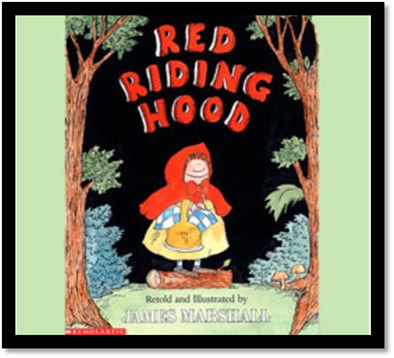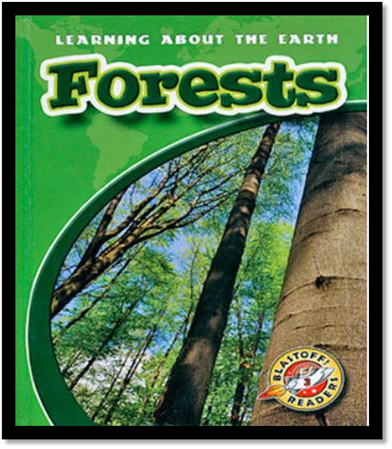Characters
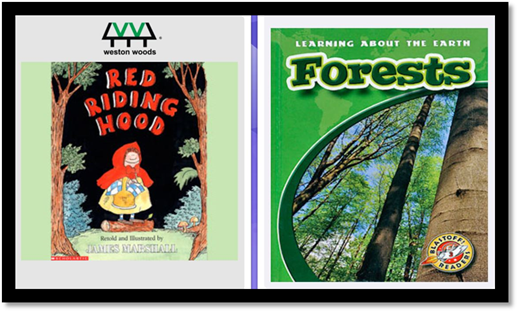
Figure 1 BookFlix
Unit Overview
This unit focuses on Character Traits, Subject and Predicates, and Narrative Writing. You will be able to accomplish the following objectives by the end of this unit:
1.
I can use spelling
patterns and rules to help me spell new words. L.3.2.F
2.
I can describe the
characters in stories and explain how their actions affect the story. RL.3.3
3.
I can identify the
elements of fiction. RL.3.1
4.
I can ask and answer
questions to show that I understand the stories that I am reading. RL.3.1
5.
I can find the answers
to specific questions within the stories that I read. RL.3.1
6.
I can show that I know
how to use words correctly when I write and speak. L.3.1
7.
I can plan my writing
with the help of peers and adults. W.3.5
8.
I can say and write
simple sentences. L.3.1.I
Spelling List
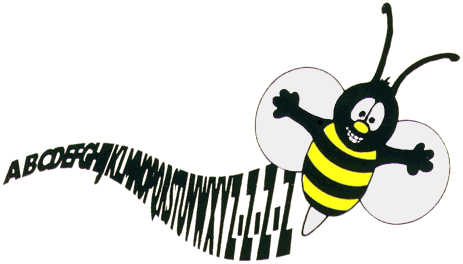
|
next
|
many
|
between |
|
left |
very |
three |
|
help |
been
|
easy |
|
please |
seen |
sea |
|
believe |
she |
leave |
Let's Practice
Click on SPELLING TRAINING to practice your spelling words. Add
each of your spelling words to the list. Then, complete one of the activities
below the list.
Vocabulary List
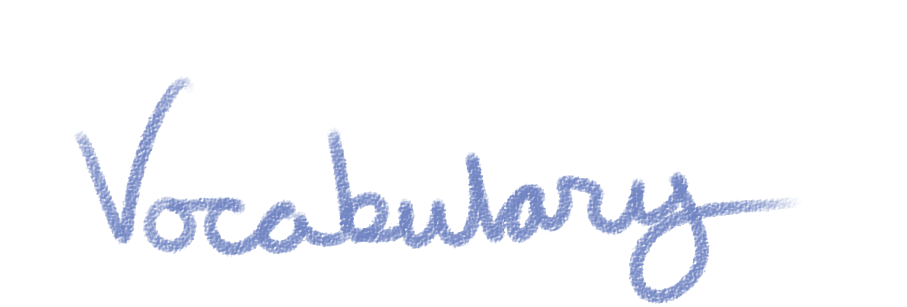
|
charming |
Very kind |
|
cottage |
A small house |
|
custard |
A type of pudding |
|
distressed |
Upset |
|
escort |
To go somewhere with someone |
|
furious |
Very mad |
|
grateful |
Thankful |
|
horrid |
Terrible |
|
lurking |
Hiding |
stranger
|
A person you don' know
|
|
wicked
|
Very bad |
Above is your list of vocabulary words with their definitions.
Be sure to study and practice these words daily before you begin your reading lessons.
Let's Practice
Below is a Quizlet activity on your vocabulary words for the unit. You should practice the Flashcard and Learn activites each day during the week of this unit.
Characters
Every story has characters.
These characters can be people, animals, or objects
that have been brought to life.
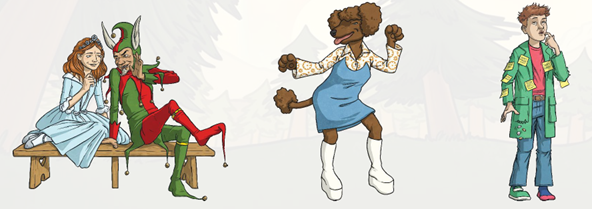
Types
of Characters
When an author writes a story, the author decides
what type of characters the story will have.
The protagonist is usually the main character
in a story. This character is often portrayed positively, so the reader roots
for them throughout the story.
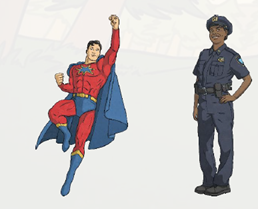
The antagonist is the person, or group of
people, who are actively working against the protagonist.
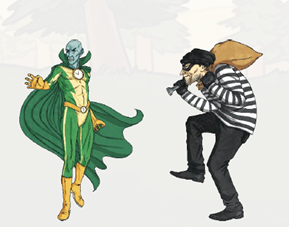
As the author develops the characters, they give us
clues to determine essential character traits and character feelings.
A character's feelings are different from a
character's traits.
Character Traits
Character traits are the qualities that make up
a character's personality. For example, a character can be good or evil,
selfish, funny, or serious. All characters have a motivation or a reason
why they behave as they do. Understanding a character's traits, feelings, and
motivations can help you better understand a story's plot.
Let's Practice
IXL
Skill Check – Go to the Unit Resource
tab on the left and click Use actions and dialogue to understand
characters to complete the skill.
Reading Log & Journal
Writing journals can be compelling to you as a student. It helps you respond to your Read-Aloud and Oral Readings to gain further understanding. You must write at least one journal per unit in this course based on one of your readings. Click on the Unit Resource icon to the left of your screen to download the Reading Log & Journal template. Also, you have an option to create your journal book for this course.
Reading
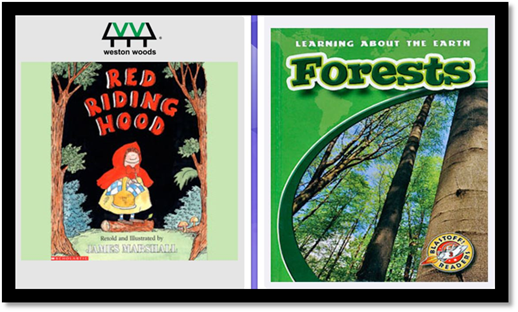
The above two stories will be used for your Read Aloud and Oral Reading activities.
Read-Aloud
Your
read-aloud is a fiction story called "Red Riding Hood."
Mother always told Red Riding Hood not to talk to strangers. But the wolf she
met on the way to Granny's was so charming. What could be the harm of telling
him that she was on her way to Granny's pretty yellow house on the other side
of the woods? Who could be a better escort than the big-eyed, long-armed,
big-toothed wolf?
This
story falls in the fairytale genre, which usually has some magic or
fantasy and a hero or heroine. Fairytales usually have some lesson in them. Make
sure to watch and listen to these elements in the story of Red Riding Hood.
Click
the image below to begin your read-aloud activity.
Did
you hear the new vocabulary words? Did it help you to know what those words
meant before you watched the video?
Were
you able to identify the magical or fantasy elements (a talking wolf),
the hero (the hunter), and the lesson of the story (don't
talk to strangers)?
Let's Practice
Oral
Reading
Your
oral reading is a nonfiction text called "Forests." This
text introduces you to different types of forests and their inhabitants.
Before
you begin your oral reading activity, let's recall the difference between fiction
and nonfiction. Fiction tells about imaginary things, or
make-believe, while nonfiction tells about things in real life.
You
will be reading a nonfiction book about forests. A nonfiction book contains
facts about a subject.
Click
the image below to begin your oral reading activity.
Let's Practice
Subjects
and Predicates
A complete sentence must have two parts: subject
and predicate.
The complete
subject tells who or what is doing something. It can be one word or
more than one word.
· She sleeps a lot.
· Her friend sleeps a lot.
· Her best friend sleeps a lot.
Each complete subject tells who sleeps a lot.
The complete
predicate tells what the subject is doing. It is the verb plus any
other words that tell more about it. It can be one word or more than one word.
· Her friend sleeps.
· Her friend sleeps a lot.
· Her friend sleeps a
lot on the weekend.
Each complete predicate tells what her friend does.
Let's Practice
IXL
Skill Check – Go
to the Unit Resource tab on the left and click Identify the complete subject of a sentence to complete the skill.
IXL Skill Check – Go to the Unit Resource tab on the left and click Identify the complete predicate of a sentence to complete the skill.
Narrative
Writing
Learning to write is
like learning to read. Both follow a sequential process. The Writing Process
includes several steps to guide you from writing to creating a finished piece.
We will be using the writing process to write a narrative essay. In this unit, we are focusing on prewriting or planning.
The table below displays
the why, when, how, and what of narrative writing.
|
Why? Why do we write
narratives? |
The primary purpose
of a narrative is to entertain and
engage the reader in an imaginary
experience. |
|
When? When do we write
narratives? |
Short stories,
picture storybooks, folktales, fairytales, fables, myths, legends, science
fiction, adventure, fantasy, historical fiction, novels. |
|
How?
How do we write a
narrative? |
Here's a framework: Orientation (beginning) Who? When? Where? Events that lead to a complication or
problem (middle) Development of a
story Details Descriptions Resolution (ending) How everything is
resolved and finishes up. |
|
What? What features do we
see in a narrative? |
ü Well-defined
characters
ü The descriptive language
was chosen to create images in the reader's mind ü Usually written in the
past tense ü Use of dialogue ü Use of action verbs
but also verbs for showing what characters felt, said, or thought ü Can be written in
first person (I/we) or third person (he/she/they) |
Prewriting
During the prewriting step of the writing process,
you brainstorm to generate ideas for writing. It is essential to
answer these questions:
i.
What is your purpose?
ii.
What kind of writing will this be? (story, letter, report, poem,
etc.)
iii.
Who is your audience?
iv.
What is your topic?
v.
What are your ideas about your topic?
Prewriting can take many different forms. You can
make a bulleted list, a web, a Venn diagram, or use another type of graphic
organizer.
You can use your reading log and journal to
practice your narrative writing.
Let's Practice
IXL
Skill Check – Go to the Unit Resource
tab on the left and click Choose topic sentences for narrative paragraphs
to complete the skill.
Please click the Narrative Prewriting Activity to practice your prewriting skills.
Cursive
Handwriting
In the previous unit, you practiced making an
undercurve. You saw how an airplane could
swing up as it is coming out of a dive. You practiced making letters that have
an undercurve. Now, we are going to look at another curve. What do you think it will be? Well, if you guessed "downcurve,"
you are right.
A down curve is one of the
basic strokes used to write cursive letters.
A downcurve stroke dives down.
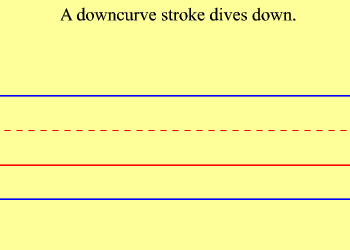
Let's look at a cursive
letter "a." Notice that it begins at the middle line and
dives down to the bottom line using a downcurve.
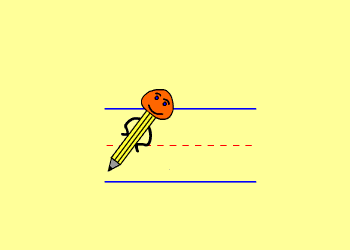
Now, let's
look at an animation of a cursive letter "c." Notice that it begins at the middle line and
dives down to the bottom line.
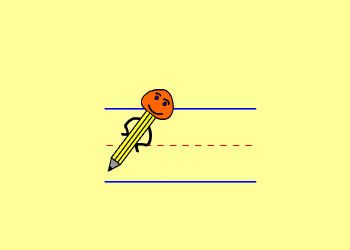
There
are downcurve strokes in some cursive lowercase letters. Let's practice them
now. Click on the Unit Resource icon to
the left of your screen to practice Lowercase Letters.
First, trace the first letter, noting where the downcurve is. Next, print that letter several times on the
line that follows. Then, move on to the following
letter, repeating the directions.
There are also downcurve strokes in some
uppercase letters. Let's practice them now.
Click on the Unit Resource icon to the left of your screen to practice Uppercase Letters. First, trace the first letter, noting where
the downcurve is. Next, print that
letter several times on the line that follows. Then, move on to the following
letter, repeating the directions
